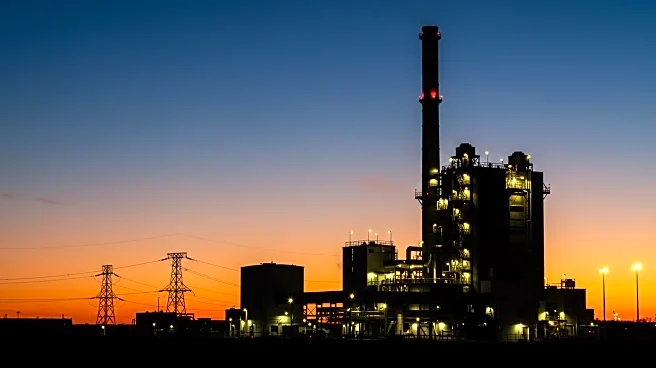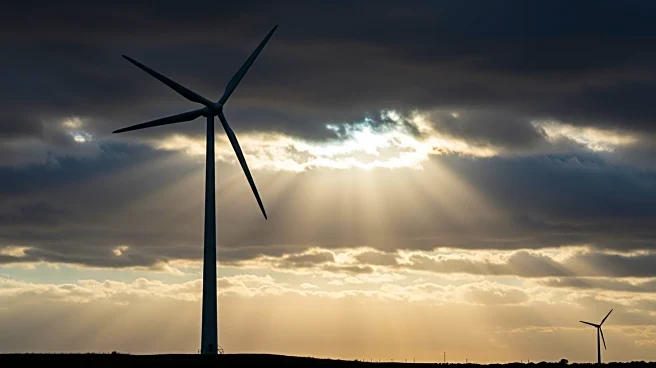What's Happening?
The global peaking power plant market is projected to grow from $21.5 billion in 2024 to $35.8 billion by 2033, according to ResearchIntelo. This growth reflects a compound annual growth rate (CAGR) of 5.7%, driven by urbanization, industrial expansion, and the integration of renewable energy sources. Peaking power plants are designed to balance supply and demand during grid shortfalls, offering rapid start-up and shut-down capabilities to prevent blackouts and maintain system stability. Challenges include competition from energy storage systems, environmental regulations, and public opposition to fossil fuel infrastructure. Opportunities exist in fuel flexibility, hybridization, modernization, and digitization of assets.
Why It's Important?
The expansion of the peaking power plant market is significant for the energy sector, particularly in the context of increasing reliance on renewable energy sources. As grids become more variable due to renewable integration, peaking power plants play a crucial role in ensuring reliability and stability. This growth could lead to advancements in technology and infrastructure, benefiting utilities and consumers by reducing the risk of blackouts. However, the market faces challenges from energy storage systems and environmental concerns, which could influence future policy and investment decisions.
What's Next?
The market is expected to continue evolving with advancements in technology and infrastructure. Stakeholders may focus on addressing environmental concerns and public opposition to fossil fuel infrastructure. The integration of modern technologies and digitization could enhance the efficiency and flexibility of peaking power plants, potentially leading to new business models and investment opportunities.











